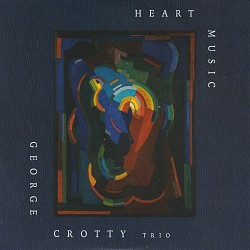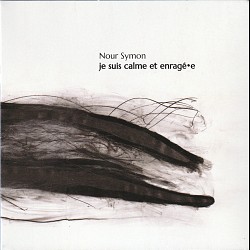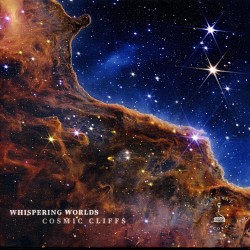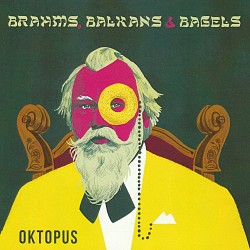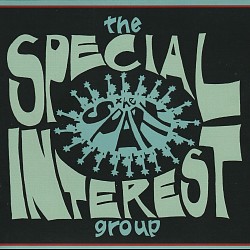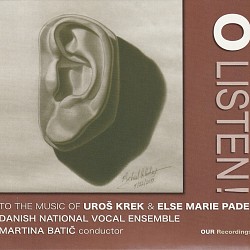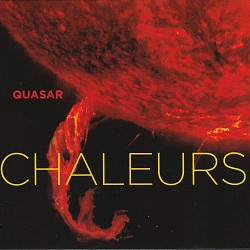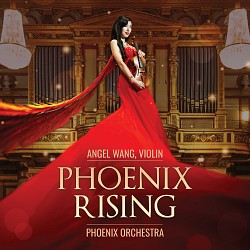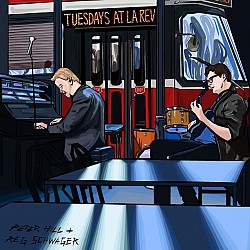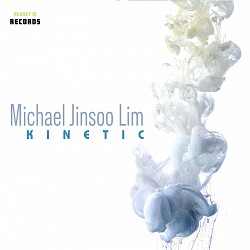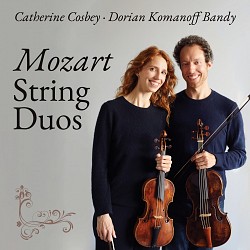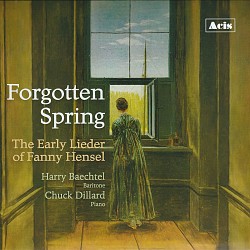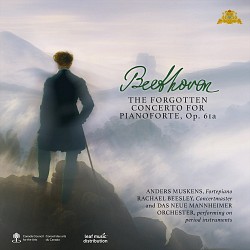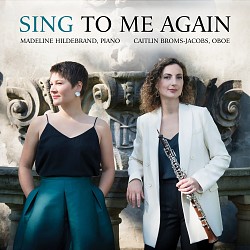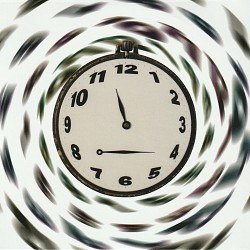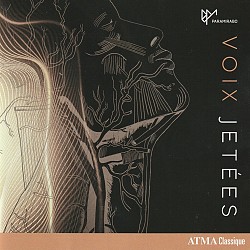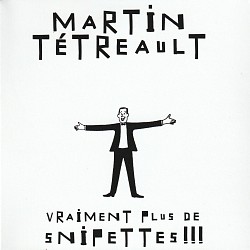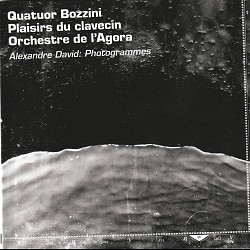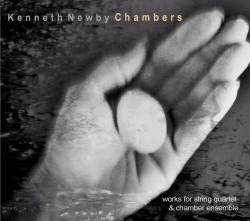 MP3-320 digital edition, CD Baby, Spotify, iTunes, Apple Music (flickerartcollaboratory.org)
MP3-320 digital edition, CD Baby, Spotify, iTunes, Apple Music (flickerartcollaboratory.org)
Listen
ten microludes for string quartet vi - first dance
stealth for string quartet iv - feline
for Mingus
Read the Review
A member of the Computational Poetics research group, British Columbia composer-performer, media artist and senior researcher at UBC’s Centre for Culture and Technology, Kenneth Newby’s music is not well known among the general audience on this side of the country. Newby’s music uses computational techniques in combination with acoustic ones, marked by his training in classical and improvised musics, as well as his extensive music studies in Bali and Java during the 1980s. His current work involves interdisciplinary collaborations in the creation of audiovisual installation works that represent complex images of multicultural identity. The composer writes that his Emergence Trilogy is “the culmination of a five-year research-creation process that involved the formulation of a personal theory of music which guided the development of a set of generative processes for music composition...”
Consisting of 23 primarily aphoristic tracks, Chambers is the first album of Newby’s Emergence Trilogy, the other albums being Elegeia, and Spectral (Golden) Lyric, also available for download. The works are performed with precision and panache by the Flicker String Quartet and Flicker Ensemble. For Mingus is Newby’s longest composition at just under ten minutes. It is also the most varied texturally and timbrally. It prominently features the double bass – as one might expect given the title – the prepared piano, a lacey battery of bells, bowed cymbals and other metal percussion, plus an inventive use of winds. The pointillistic texture is revealed over time via a motoric rhythm, lending the colourfully orchestrated work an attractive forward momentum. For Mingus exhibits several facets of Newby’s advanced transcultural musical aesthetic where echoes of gamelan mingle successfully with Edgard Varèse and John Cage. It certainly deserves to be more widely heard and performed.
- Three of Twelve and Another - Graham Flett 25-02-12
- Three of Twelve and Another - Graham Flett 25-02-12
- Rebecca Bruton: a roof or mirror, blossom, madder, cracks; Jason Doell: together - Quatuor Bozzini; junctQin keyboard collective 25-02-12
- Rebecca Bruton: a roof or mirror, blossom, madder, cracks; Jason Doell: together - Quatuor Bozzini; junctQin keyboard collective 25-02-12
- Azadi - Tamar Ilana & Ventanas 25-02-07

